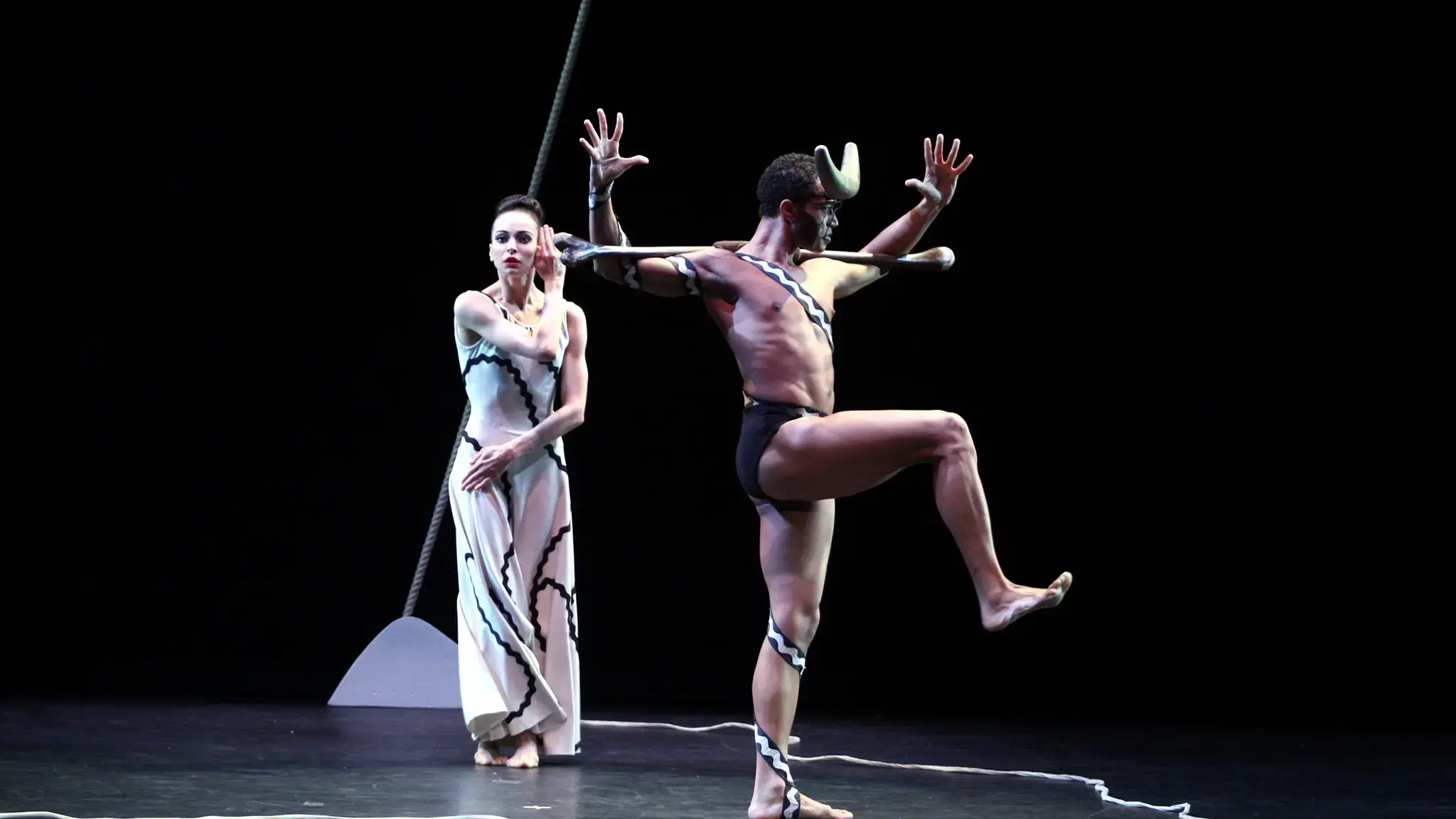

Editor’s Note: Below is an excerpt of Haviland’s essay, commissioned as part of The Pew Center for Arts & Heritage’s (the Center’s) research on the topic of “restaging.” Download the PDF of the full essay.
Part I: Why Again?
How is a painting…or a sculpture…or a musical composition like, or different from, a dance? Except within the most general or contestable parameters, philosophers, art historians, cultural theorists, and cognitive scientists, among others, have found it impossible to categorize all of the arts in any one way that recognizes or imposes a unity of nature or definition. This task is made more difficult in an era that celebrates—once again—collaborations, mash-ups, hybridity, and cross-platform work within the arts and between the arts and other disciplines or practices.
Despite the ambiguity that marks the effort to define or categorize art works, some distinction might be made between art works that are instantiated in objects that have relatively fixed physical extension (e.g. a sculpture that is carved or constructed from a specifiable type of material, with measurable weight, dimension, possibly pigment, etc.), and art works that require human performance for their execution qua art works (i.e. dance, music, theater, performance art). Certainly, boundaries are blurred here as well. Still, a differentiating factor might be whether or not a work can be repeated, restaged, reenacted. So, for example, although one may question whether or not to repeat or reenact a specific dance work, the practice of repeating or reenacting a dance, or other sorts of works in which live performance is an important constituent of the work, extends back in history for as long as we have pictorial or text-based records. And while there is nothing unusual in at least considering whether or not to restage or reconstruct a dance work such as Balanchine’s Four Temperaments or Rainer’s Trio A, it does not even make sense to ask how art works like Michelangelo’s Pieta or Picasso’s Demoiselles might be reenacted. Even when such a visual artwork is revisited, such as Yue Minjun’s reimagining of Delacroix’s The Massacre at Chios, these are still taken as distinct and original works. On the other hand, it might make perfect sense to at least ask if and how an exhibition of art works might be restaged or reenacted and, indeed, this question has great vitality in the art world at the moment.
It is important to keep in mind that, despite the differences among these individual art actions, agents, performances, events, objects, or exhibitions when regarding problems or issues that arise in their re-presentation or re-enactment, there is one question that pertains to all. Although each art type or art work generates its own “how” with reference to re-presentation, they share the common question of “why.” Why reconstruct or restage or reenact? “Can this be done?” is intimately linked philosophically and pragmatically with “Should this be done?”
The arguments run hot and heavy on both (or multiple) sides of these questions. When those arguments attend to works that necessitate the live, physical presence of a person or to works that otherwise label themselves as “performance,” the cacophony only increases.
Although resisting the notion that performance is forever lost even as it exists, I confess to finding feminist and performance theorist Peggy Phelan’s emphasis on the live-ness and unpredictability of performance and its aftermath both kinesthetically and sentimentally compelling:
There are no leftovers […] Without a copy, live performance plunges into visibility—in a maniacally charged present—and disappears into memory, into the realm of invisibility and the unconscious where it eludes regulation and control…” (1)
Nevertheless, it is impossible to avoid the arguments—and their implications—offered by many others that challenge or question notions of live, performance, presence, erasure, memory, media, repeatability, capture, commodification, and just about every other element that might be thought to be causal, constitutive, or reverberatory vis-à-vis the act of performance as art…